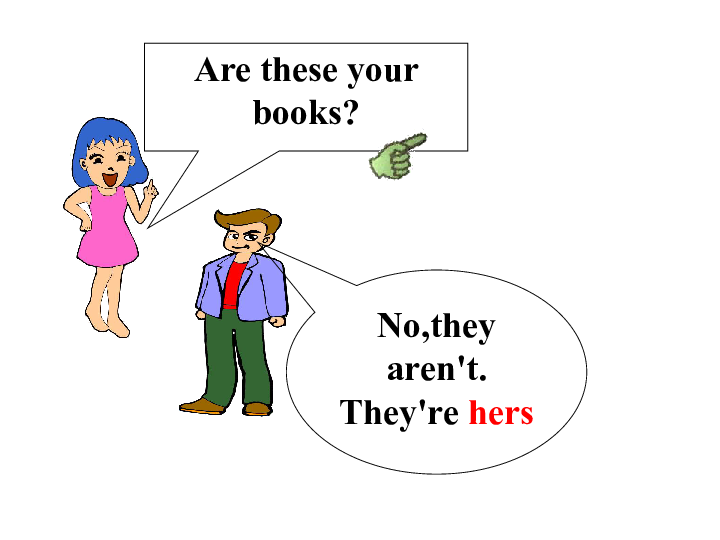Unlock Your Future: A Comprehensive Guide to Government Loan for Students
#### Understanding Government Loan for StudentsGovernment loans for students are financial aids provided by the government to help students cover the costs……
#### Understanding Government Loan for Students
Government loans for students are financial aids provided by the government to help students cover the costs of their education. These loans are designed to make higher education more accessible, allowing students from various backgrounds to pursue their academic goals without the heavy burden of financial stress.
#### Types of Government Loans Available
There are primarily two types of government loans available for students: subsidized and unsubsidized loans.
- **Subsidized Loans**: These loans are need-based and are offered to students who demonstrate financial need. The government pays the interest on these loans while the student is in school, during the grace period, and during deferment periods. This can significantly reduce the overall cost of borrowing.
- **Unsubsidized Loans**: Unlike subsidized loans, unsubsidized loans are available to all students regardless of financial need. However, the student is responsible for paying the interest from the time the loan is disbursed. This means that if the interest is not paid while the student is in school, it will accumulate and be added to the principal amount, increasing the total repayment amount.

#### Eligibility Criteria for Government Loans
To qualify for government loans for students, applicants must meet certain eligibility criteria. Generally, students must be enrolled or accepted for enrollment in an eligible degree or certificate program at a college or university. Additionally, they must be a U.S. citizen or an eligible non-citizen, and they must maintain satisfactory academic progress in their studies.
#### The Application Process
The process of applying for government loans for students begins with filling out the Free Application for Federal Student Aid (FAFSA). This form collects financial information from the student and their family to determine eligibility for federal and state financial aid, including grants, work-study, and loans.
Once the FAFSA is submitted, students will receive a Student Aid Report (SAR) that outlines their eligibility and the types of aid they may qualify for. Based on this information, schools will offer financial aid packages that may include government loans.

#### Repayment Plans and Options
Repaying government loans for students can be manageable thanks to various repayment plans available. There are standard repayment plans, graduated repayment plans, and income-driven repayment plans, which allow students to pay based on their income levels. Additionally, students may qualify for loan forgiveness programs if they work in certain public service jobs or meet specific criteria.
#### Benefits of Government Loans
One of the primary benefits of government loans for students is the lower interest rates compared to private loans. Additionally, the flexible repayment options and deferment opportunities make these loans a more attractive option for many students.
Furthermore, government loans often come with borrower protections, such as the ability to postpone payments during financial hardship or the option to consolidate loans for easier management.

#### Conclusion
In summary, government loans for students play a crucial role in making higher education accessible to a broader range of individuals. By understanding the types of loans available, eligibility requirements, application processes, and repayment options, students can make informed decisions about financing their education. With the right information and planning, government loans can be a valuable tool in unlocking a brighter future.